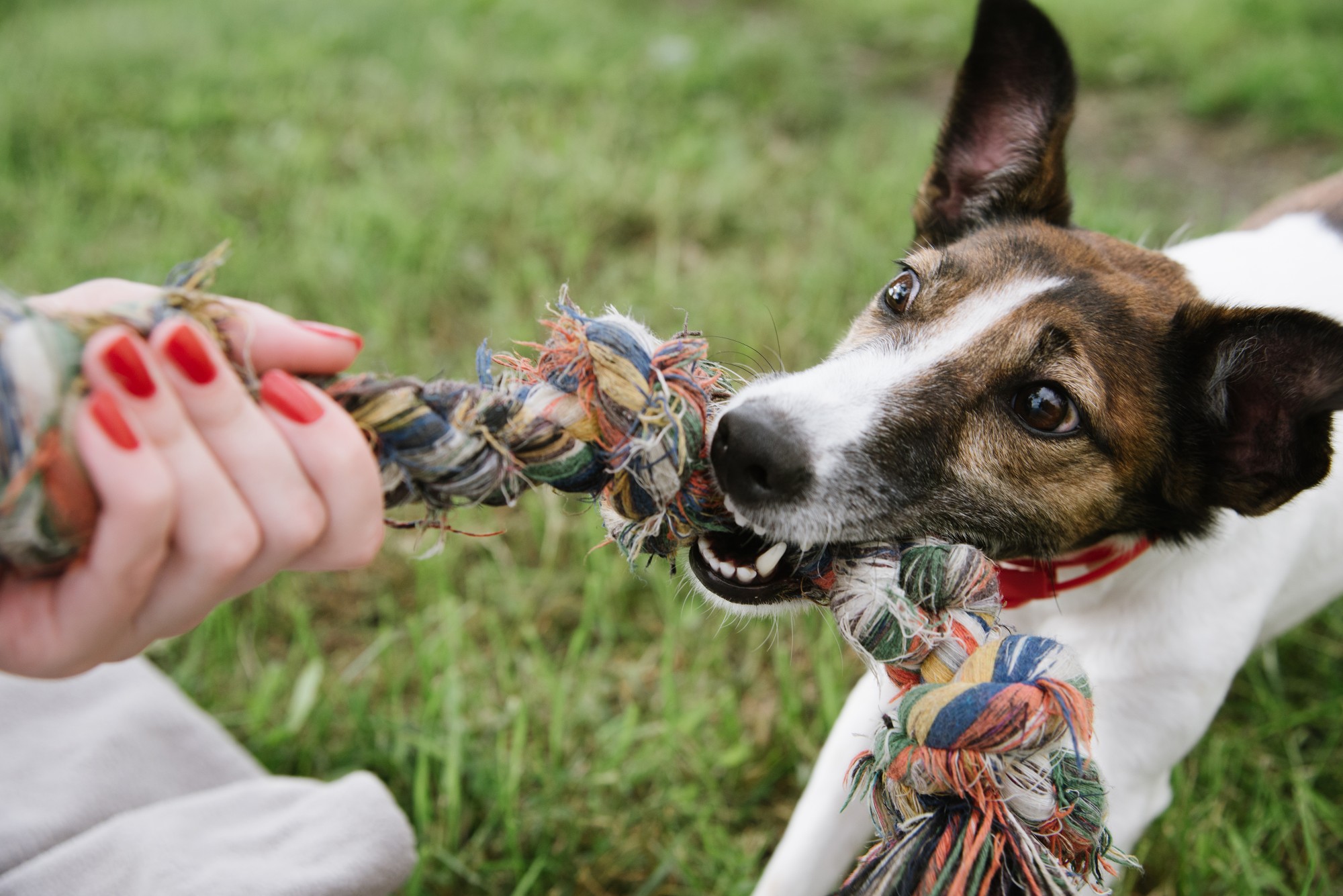We independently evaluate all recommended products and services. If you click on links we provide, we may receive compensation. Learn more.
You may be a fortunate owner whose dog or cat acquiesces to taking medicine as prescribed. But there is some truth to the funny stories, images, and cartoons floating around the internet that show bloodied owners, triumphant pets, and spit-out pills. Learn from a vet; it doesn't have to be that way!
When medicating a sick pet, your first responsibility is to make sure you understand the directions given. One pill twice a day is not the same thing as giving two pills once a day. Additional notations may warn about the dangers of combining certain medications or direct you to give Charlie his pills on an empty stomach—or conversely, right after a meal. Read and follow them. If you aren't sure what to do, call your veterinary clinic and speak with a veterinarian or a veterinary technician.
Can You Give a Dog Tylenol?
3 Best Ways to Give a Cat or Dog a Pill
1. Hide Capsules & Pills in Your Pet's Food
The easiest way to get oral medication into your pet is to hide the medication in a highly desirable food treat. The key is to make your pet so excited about the treat that he eats it—along with the pill—quickly. That way he doesn't bite into the medication and taste something bitter. (Capsules are notorious for breaking apart.)
You may already have some of the best food options for hiding pills in your pantry or kitchen. Here are some tips for using our favorites:
- Peanut butter: Hide a pill inside a sticky, fragrant dab of peanut butter (on a spoon) and let your pet lick it off. Or roll peanut butter into a small ball, insert the pill, and offer it to your pet as a treat. Make sure the peanut butter isn't made with xylitol, an artificial sweetener, which is toxic to dogs. Study the labels! Three brands that don't have xylitol are Smucker's Natural, Jif Natural, and Justin's. (For an updated list of brands that do or do not contain xylitol, visit Can I Give My Dog.com.)
- Liverwurst: This soft meat product works best as a rolled ball with a pill inserted into the center. You may be tempted to use your pet's canned food as a substitute, but resist. Biting into it as well as a bitter pill may create a taste aversion for your pet's regular food.
- Cheese: Choose soft, low-sodium, part-skim mozzarella string cheese to keep calories down and sodium at a reasonable level for your pet. Most capsules and pills slide easily into a small chunk of this cheese. If not, warm the cheese in your hand and mold it around the medication.
2. Slip Pills into Specially Made Treats
In addition to food, there are a number of commercially available easy-to-use treats called pill pockets that include a hole sized just right for hiding medication. Pill pockets, which come in different flavors, tend to be nutritionally balanced and lower in sodium and sugar than people food. Check the label before buying; some are made just for dogs, others just for cats. Look for a brand that's lower in calories if your pet is overweight. Below are a few options for both dogs and cats to try:
- Greenies Pill Pockets Canine Real Peanut Butter Flavor Dog Treats; $8, chewy.com
- Zoe Pill Pop Grilled Beef with Ginger Dog Treats; $6, chewy.com
- Greenies Feline Pill Pockets Salmon Cat Treats; $6, target.com
Since you don't want your pet to get suspicious, always pair a medicated treat with one that's not medicated. Give your pet one or two plain treats, then a medicated one, then one or two more plain treats. If you do this rapidly, he will swallow the treats quickly without examining them.
3. Make Your Dog or Cat's Pills Taste Better
Another option: Ask your vet if it makes sense to have your pet's prescription compounded to make its flavor more enticing. If she can't do it herself, ask her to refer you to an animal-focused compounding pharmacy in your area. Request tuna flavoring for your cat's liquid antibiotic, for example. The yummy tuna flavor may convince Fluffy that the medication she is being given is a special treat.





